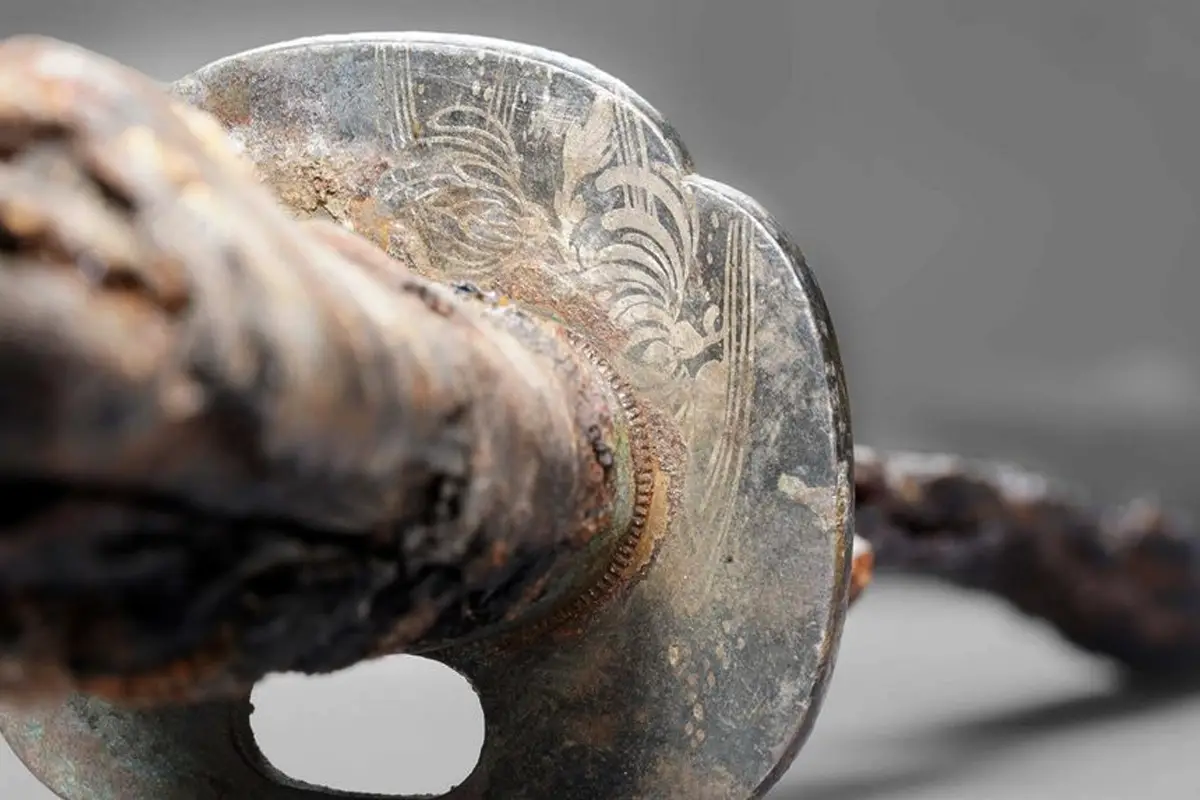Archaeologists from the Berlin State Office for Monument Preservation have uncovered a 17th century samurai sword during excavations in Berlin, Germany.
The sword has been identified as a Wakizashi, a 17th century short sword worn by the samurai in feudal Japan.
Wakizashi were generally used as a backup or auxiliary sword for close quarters fighting, and when worn together with a Katana, the pair of swords were called daishō, which translates literally as “big-little”.
Wakizashi were also used to commit seppuku, an act of ritualistic suicide by disembowelment, performed to prevent being captured, as a form of capital punishment for serious offences, or to atone for personal disgrace.
The sword was uncovered during excavations of 20th-century cellars in the Molkenmarkt area, specifically on Stralauer Strasse. This narrow street, once lined with houses and commercial buildings, was heavily damaged by bombing during World War II.

Archaeologists found several cellars filled with war related rubble that was discarded during the final stages of the Battle of Berlin. This includes bridles, stirrups, harnesses, and various artillery militaria, in addition to the heavily corroded Wakizashi.
Upon closer examination by the Museum of Prehistory and Early History, conservators found traces of wood and a wrapping of textiles on the handle still preserved.
The researchers also identified the motif of the Daikokuten on the ferrule, a syncretic Japanese deity of fortune, wealth, the household, agriculture, fertility, sexuality and war. In Japanese mythology, the Daikokuten was also one of the Seven Lucky gods or Seven gods of Fortune.
According to a press statement by the State Museums of Berlin: “Melted decorations of chrysanthemum and waterline motifs were also found on the guard. Based on the motifs and style, the handle could be dated to the Edo period (17th to 19th century AD).”
How the Wakizashi came to be found in a Berlin basement is speculated, however, the researchers suggest it may have been a gift from the Takenouchi Mission in 1862 or the Iwakura Mission between 1871 and 1873.
Header Image Credit : Anica Kelp
Sources : State Museums of Berlin





